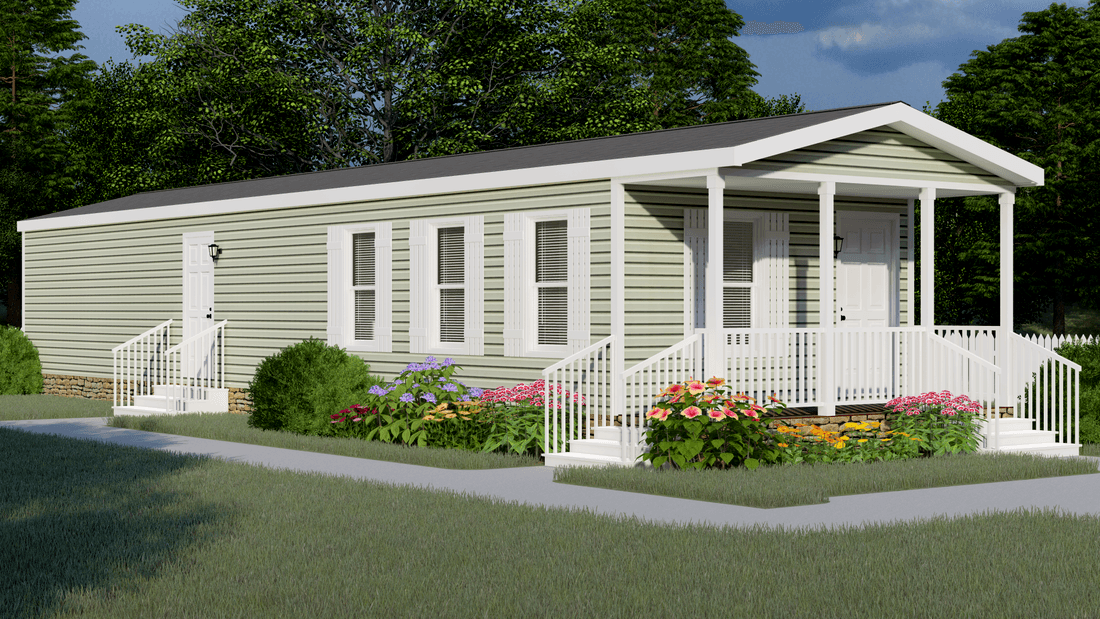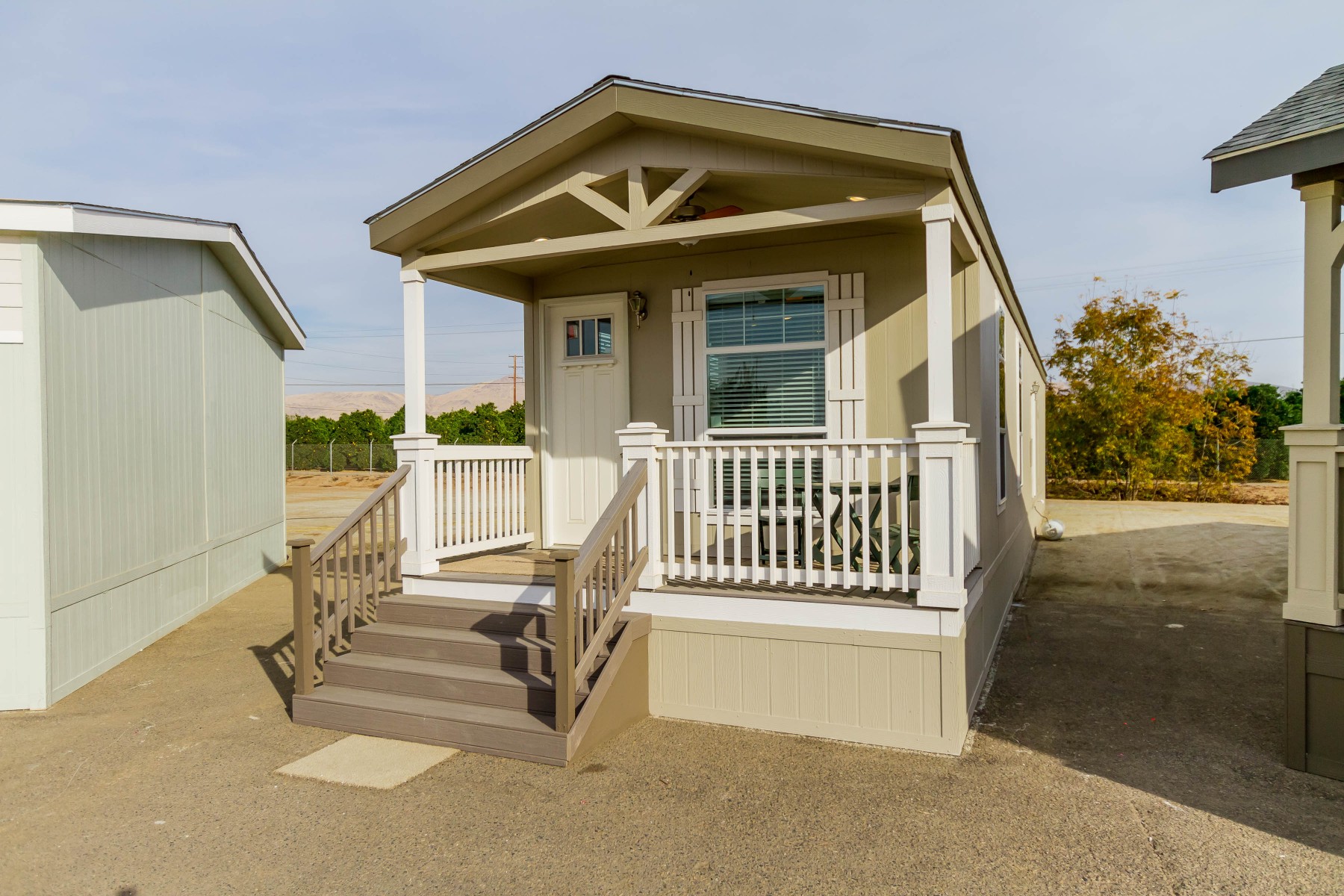Relocatable Homes

Relocatable homes, also known as manufactured or modular homes, offer an alternative to traditional site-built housing. These homes are constructed in factories, transported to the building site, and then assembled on a prepared foundation. They provide a cost-effective and efficient way to achieve homeownership, with a range of styles and features to suit diverse needs and preferences.
Types of Relocatable Homes
Relocatable homes encompass various types, each with its own construction methods, design, and features. Understanding the distinctions between these types is crucial for making an informed decision.
- Manufactured Homes: These homes are constructed in accordance with the U.S. Department of Housing and Urban Development (HUD) standards. They are built on a chassis, typically transported in sections, and are designed for permanent placement on a foundation.
- Modular Homes: Modular homes are also built in factories, but they are assembled on a permanent foundation at the building site. They are often considered more customizable than manufactured homes, as they can be designed with various floor plans and finishes.
- Park Models: Park models are smaller, single-wide homes designed specifically for placement in RV parks or mobile home communities. They are often used as vacation homes or seasonal residences.
Advantages of Relocatable Homes, 2 bedroom relocatable homes
Relocatable homes offer numerous advantages, making them an appealing option for many homeowners.
- Affordability: Relocatable homes are generally more affordable than traditional site-built homes. This is due to the factory-built nature of construction, which allows for economies of scale and streamlined processes.
- Faster Construction Time: Since the homes are built off-site, the construction process is significantly faster than traditional construction. This means homeowners can move into their new homes sooner.
- Energy Efficiency: Many relocatable homes are built with energy-efficient materials and construction techniques, which can lead to lower utility costs.
- Customization: While relocatable homes are built in factories, they still offer a degree of customization. Homebuyers can often choose from various floor plans, finishes, and features to personalize their homes.
Disadvantages of Relocatable Homes
Despite their numerous advantages, relocatable homes also have some drawbacks.
- Appreciation Potential: Relocatable homes generally appreciate at a slower rate than traditional site-built homes. This is because they are often perceived as less valuable due to their factory-built nature.
- Financing: Obtaining financing for a relocatable home can sometimes be more challenging than financing a traditional site-built home. Some lenders may have specific requirements or offer less favorable loan terms.
- Resale Value: Relocatable homes may have a lower resale value than traditional site-built homes. This is because they are often subject to depreciation and can be more difficult to sell due to their unique nature.
Two-Bedroom Relocatable Homes: 2 Bedroom Relocatable Homes

Relocatable homes, also known as modular or manufactured homes, offer an affordable and flexible housing option. Two-bedroom relocatable homes are particularly popular among individuals, couples, and small families seeking a comfortable and practical living space. These homes are designed and built in a factory setting, then transported to the site and assembled. This process offers several advantages, including faster construction times, controlled quality, and often lower costs compared to traditional site-built homes.
Design and Functionality of Two-Bedroom Relocatable Homes
Two-bedroom relocatable homes are designed to maximize functionality and space utilization within their compact footprint. Common design elements and layouts are tailored to accommodate the needs of a small family or individuals seeking a comfortable and practical living space.
Typical Square Footage and Living Space
The typical square footage for two-bedroom relocatable homes can vary significantly depending on the manufacturer, design, and customization options. However, a common range for these homes is between 800 and 1,200 square feet. This space is generally sufficient to accommodate two bedrooms, a living room, a kitchen, a dining area, and one or two bathrooms.
Functionalities and Amenities
Two-bedroom relocatable homes typically include a range of functionalities and amenities designed to provide a comfortable and convenient living experience.
- Kitchens: Kitchens in two-bedroom relocatable homes are often compact but well-equipped. They usually include essential appliances such as a refrigerator, stove, oven, microwave, and dishwasher. Some models may also offer additional features like a pantry or an island for extra counter space.
- Bathrooms: The number of bathrooms in a two-bedroom relocatable home can vary, with some models offering one bathroom and others featuring two. Bathrooms are typically designed with practical features such as a shower/tub combination, a toilet, and a vanity with a sink.
- Bedrooms: Two-bedroom relocatable homes feature two separate bedrooms, each designed to accommodate a bed, a dresser, and other essential furniture. Some models may offer larger master bedrooms with additional features such as a walk-in closet or an en-suite bathroom.
- Living Areas: The living area in a two-bedroom relocatable home serves as a central gathering space for relaxation and entertainment. It typically includes a comfortable seating arrangement, a television, and possibly a fireplace. Some models may offer an open floor plan that combines the living area with the dining area.
Floor Plan Examples
The following table showcases various floor plan examples for two-bedroom relocatable homes, highlighting their dimensions and features:
| Floor Plan Name | Dimensions (sq ft) | Features |
|---|---|---|
| Classic Two-Bedroom | 950 | Two bedrooms, one bathroom, open kitchen/dining area, living room, laundry room |
| Modern Two-Bedroom | 1,050 | Two bedrooms, one bathroom, open kitchen/living area, dining area, master bedroom with walk-in closet |
| Spacious Two-Bedroom | 1,200 | Two bedrooms, two bathrooms, open kitchen/dining area, living room, den, laundry room |
Choosing the Right Relocatable Home

Finding the perfect two-bedroom relocatable home involves careful consideration of various factors, ensuring the chosen home meets your needs and budget. This section will guide you through the process, helping you make an informed decision.
Factors to Consider When Choosing a Relocatable Home
Choosing a relocatable home involves several considerations, each impacting your living experience. The following factors will help you make a well-informed decision:
- Budget: Relocatable homes come in a wide range of prices, depending on size, features, and materials. Establish a realistic budget, considering not only the purchase price but also transportation, installation, and any necessary site preparation.
- Location: Consider the location where you want to place your home. Factors such as proximity to amenities, schools, and transportation are crucial. Also, check local zoning regulations and restrictions on relocatable homes.
- Lifestyle: Think about your lifestyle and how the home will fit into it. If you enjoy entertaining, consider a home with a spacious living area. If you have a growing family, you may need a larger home with extra bedrooms.
- Personal Needs: Consider your individual needs and preferences. Do you require accessibility features? Are you looking for a modern or traditional design? Do you need specific appliances or fixtures?
Finding a Reputable Manufacturer or Dealer
Choosing a reputable manufacturer or dealer is crucial for ensuring quality and reliable service. Here’s how to find the right partner:
- Research: Start by researching online and checking customer reviews. Look for manufacturers and dealers with a strong reputation for quality construction, customer service, and timely delivery.
- Ask for Recommendations: Talk to friends, family, or neighbors who have experience with relocatable homes. They can provide valuable insights and recommendations.
- Visit Showrooms: If possible, visit showrooms to see the homes in person. This will give you a better understanding of the quality of construction, materials, and finishes.
- Get Multiple Quotes: Obtain quotes from several manufacturers or dealers to compare prices and services. Don’t just focus on the lowest price; consider the overall value and reputation of the company.
Understanding Legal and Regulatory Aspects
Relocatable home ownership involves legal and regulatory considerations that must be addressed. Here’s what you need to know:
- Zoning Regulations: Check local zoning regulations to ensure relocatable homes are permitted in your desired location. Regulations may cover lot size, setbacks, and other requirements.
- Building Codes: Relocatable homes must meet local building codes. Ensure the manufacturer or dealer provides documentation confirming compliance.
- Property Taxes: Understand how relocatable homes are assessed for property taxes. Local authorities may have different tax classifications for relocatable homes.
- Insurance: Obtain appropriate insurance coverage for your relocatable home. Consider coverage for damage, liability, and transportation.
Purchasing and Relocating a Two-Bedroom Relocatable Home
The process of purchasing and relocating a two-bedroom relocatable home involves several steps:
- Choose a Home: Select a home that meets your needs and budget, considering the factors discussed earlier.
- Secure Financing: If necessary, secure financing for the purchase and relocation. Some lenders specialize in relocatable home loans.
- Prepare the Site: Prepare the site where you will place the home. This may involve clearing the land, installing utilities, and obtaining necessary permits.
- Transportation: Arrange for the transportation of the home to your site. This will require specialized equipment and experienced drivers.
- Installation: Once the home is delivered, it needs to be installed on the site. This may involve setting the home on a foundation, connecting utilities, and completing any necessary finishing work.
